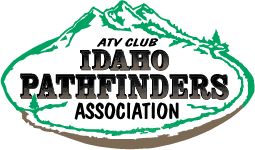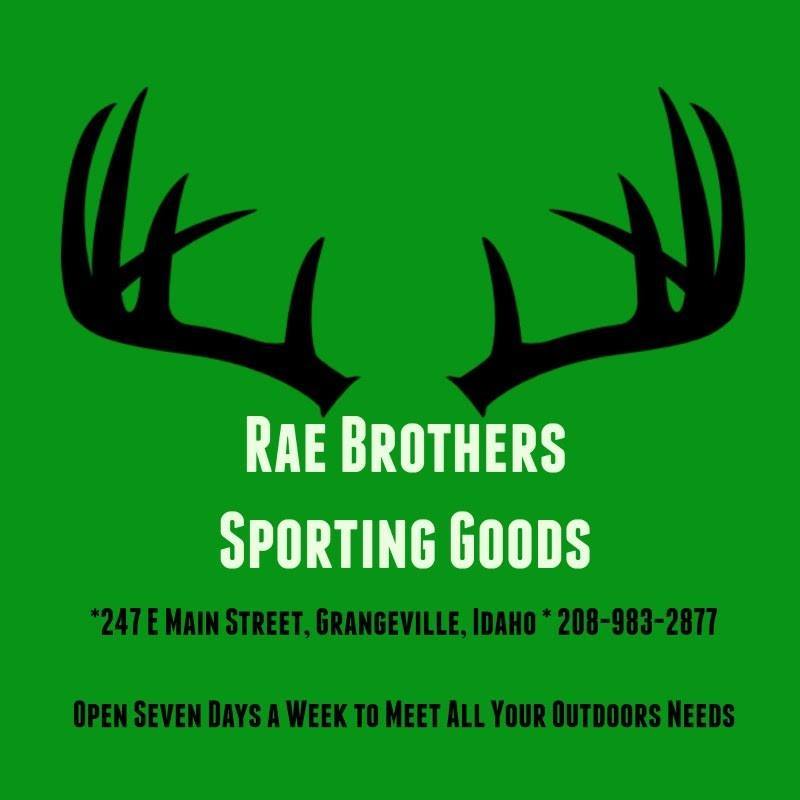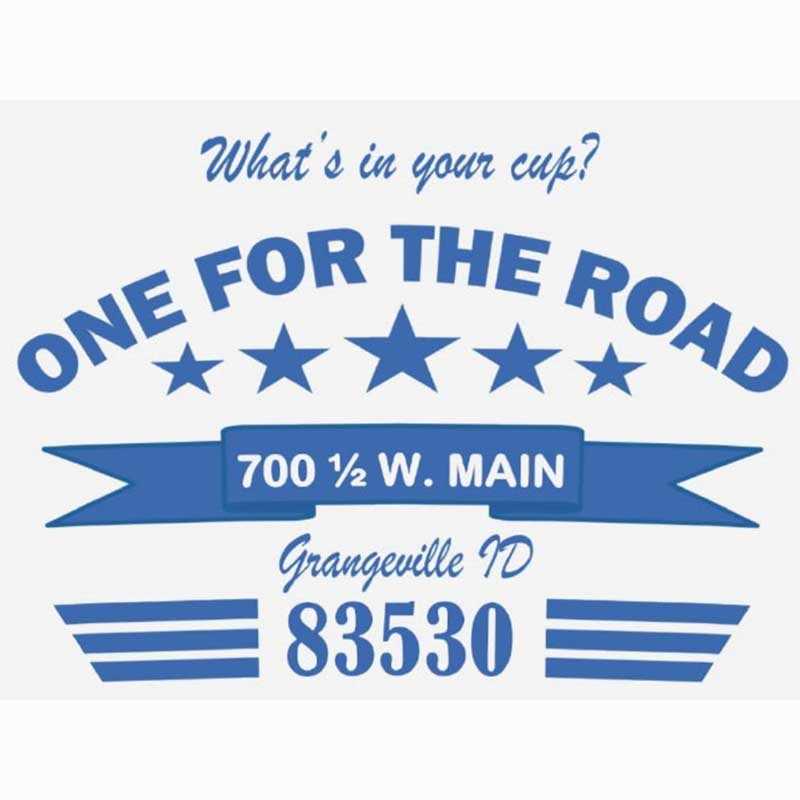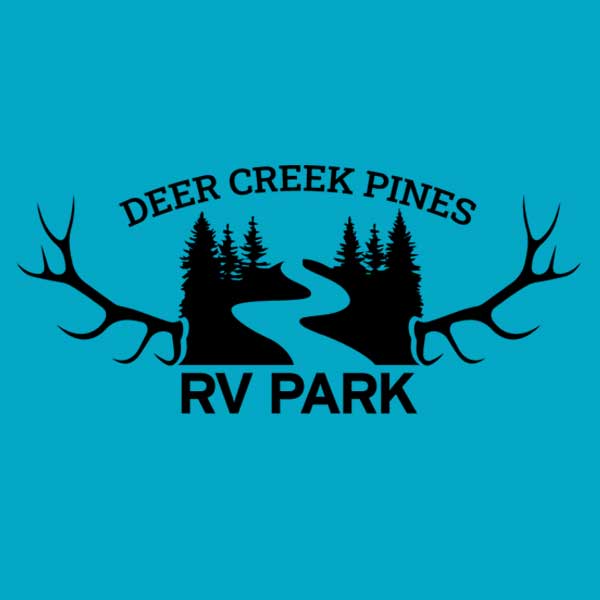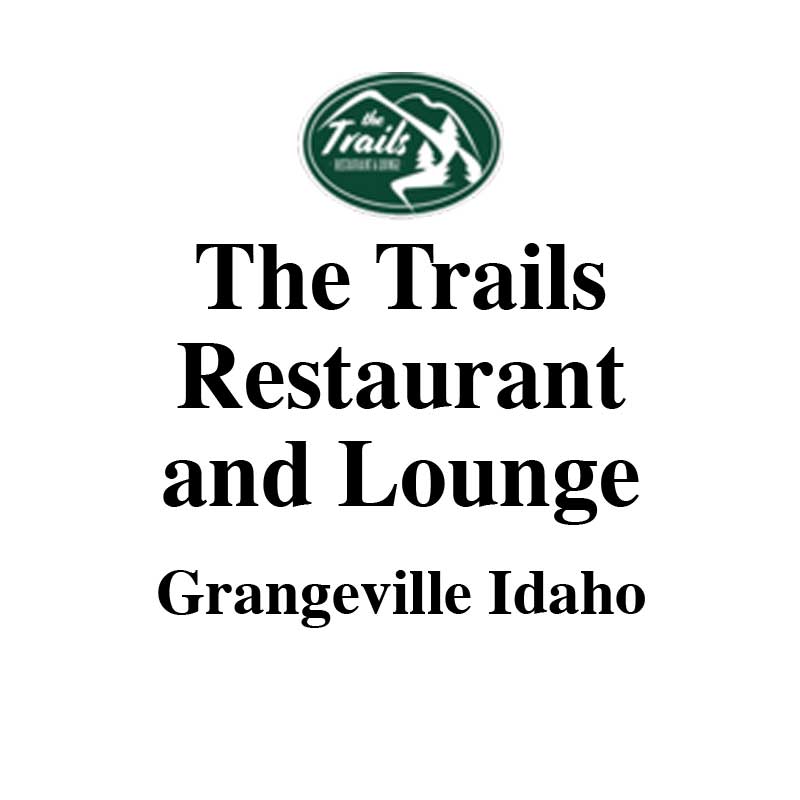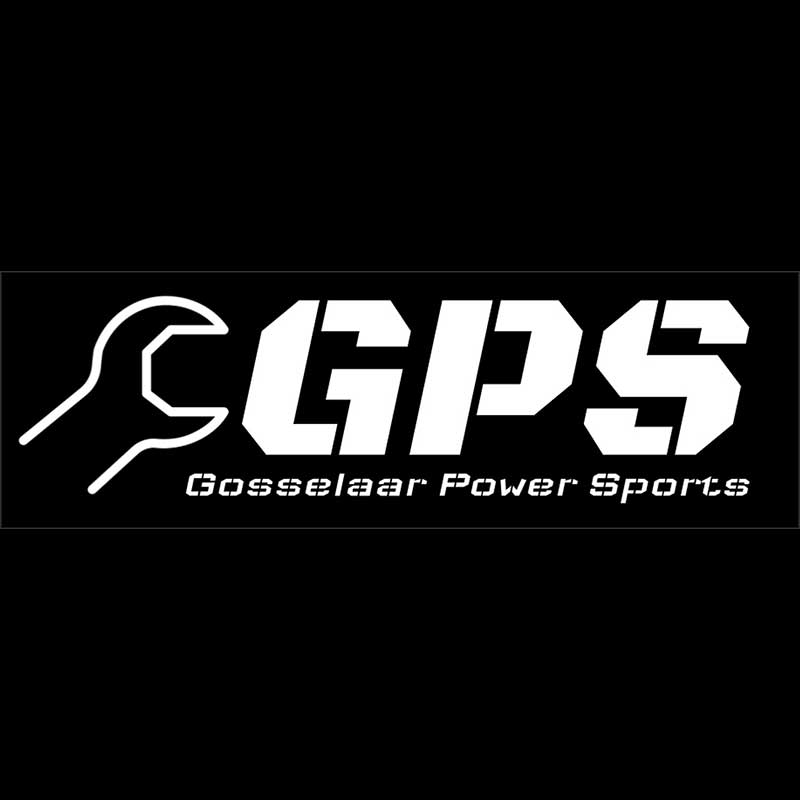Idaho Off-Highway Vehicle (OHV) Public Outreach Campaign
Contact: Steve Stuebner, campaign coordinator, 208-484-0295; [email protected]
Officials with the U.S. Forest Service, Bureau of Land Management and Idaho Department of Fish and Game say that hunters riding off-trail on ATVs or motorbikes continues to be a problem on public lands during hunting season.
“We are most concerned with instances where a hunter drives off-trail to scout for game or retrieve game,” said Andy Brunelle, a spokesman for the U.S. Forest Service. “One set of tracks through the brush or in a meadow can invite others to do the same, and the impacts add up, damaging vegetation and causing soil erosion into streams.”
According to several surveys, more than half of the approximately 240,000 people who hunt in Idaho (residents and non-residents) during the fall months are using motorbikes or ATVs to access their hunting areas.
Officials with the U.S. Forest Service encourage huntters to obtain copies of Motor Vehicle Use Maps (MVUM’s) from the national forest where they plan to hunt. Hard-copy maps are available from national forest ranger district offices, and in some cases, they are online. The Panhandle National Forests have published new MVUMs for the Coeur d’Alene River Ranger District and the Kaniksu Zone. These are available from Panhandle National Forest offices, and they are online on the forest’s web site.
The Boise, Payette, Sawtooth, Caribou-Targhee and Salmon-Challis national forests have completed travel management plans and have published MVUM’s to indicate what trails and roads are open or closed during the fall hunting seasons. The Nez Perce and Clearwater national forests are still working on travel management plans before they can publish final MVUM’s..
BLM officials encourage hunters to check Travel Management Maps for BLM districts to see if the trails or roads they plan to use are open or closed. The BLM maps are available online on BLM district office web sites and hard-copies are available at district offices.
Under the Forest Service’s National Travel Rule, “it’s incumbent on the user to know if the trail is open or closed” regardless if the trail is signed appropriately, forest officials said. That’s because people have been known to shoot signs full of bullet holes, remove signs or vandalize them.
Hunters also should check Idaho Fish and Game regulations to check on trail or road restrictions in their hunting areas. The Idaho OHV Public Outreach Project produced a YouTube video that helps explain how to sort through MVUM maps and Fish and Game regulations to see if trails are open or closed.
Jon Heggen, enforcement chief for the Idaho Department of Fish and game, encouraged motorbike and ATV riders to be sensitive to the fact that some people may be hunting on foot in the same area where they are riding their trail machine. “We want to remind hunters to stay on trails and be courteous to other users,” Heggen said.
Hunters also should be aware that a new state law requires youths who do not have a driver’s license to take a free safety course before they ride OHVs on forest roads, and that youths under the age of 18 are required to wear a helmet when riding on an OHV or driving one.
Idaho OHV campaign officials recommend that hunters check out 10 hunting tips on stayontrails.com to make sure they have a safe and legal hunting season. Idaho Fish and Game also has a brochure that reviews motor vehicle and ATV regulations pertinent to hunting.
To help raise awareness about the importance of OHVs staying on trails, five state and federal agencies in Idaho work on a statewide campaign called the Idaho Off-Highway Vehicles (OHV) Public Outreach Campaign. The campaign encourages riders to ride safe, responsibly and reduce their impact on the land and other trail users. See www.stayontrails.com for more information
